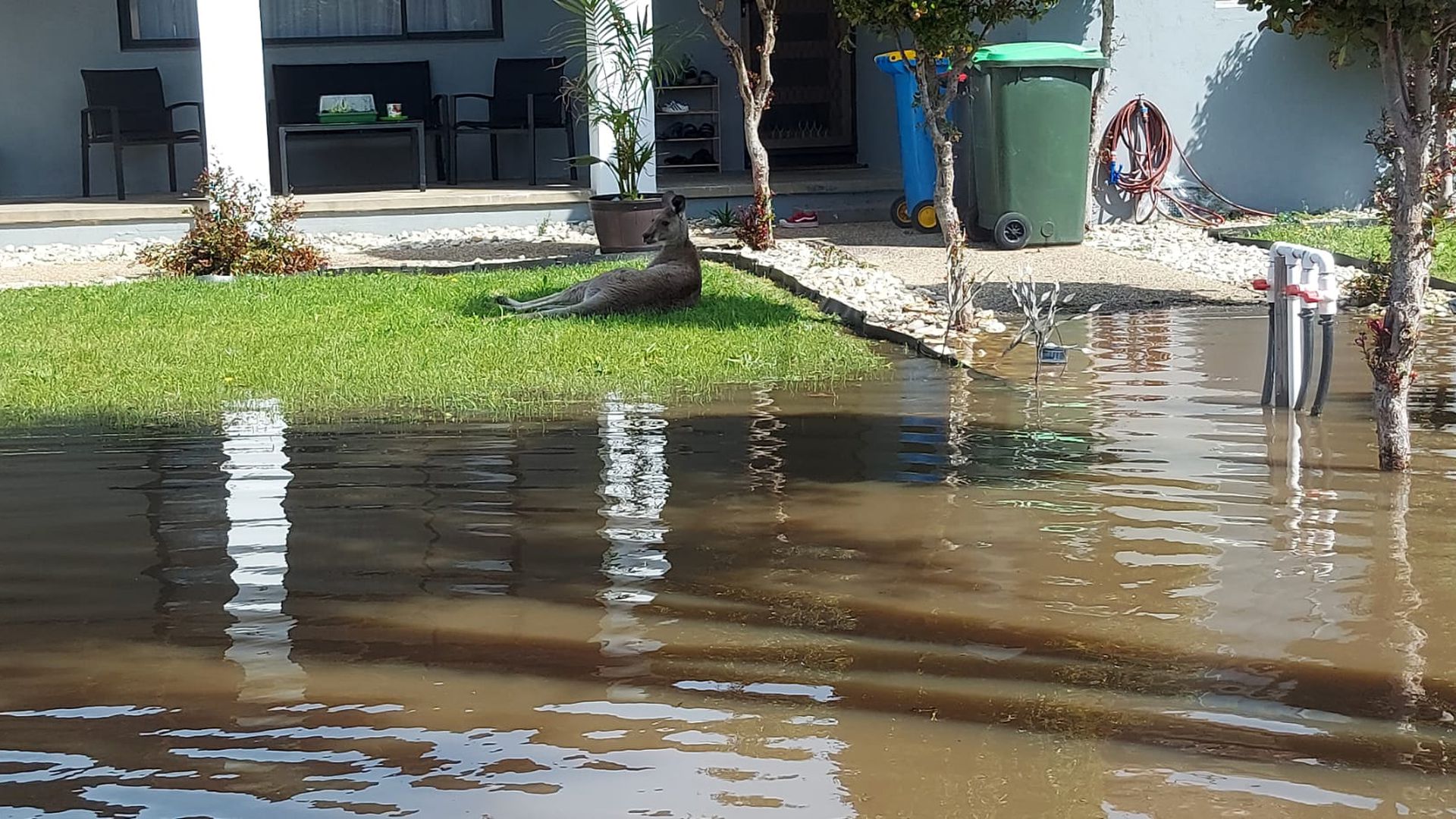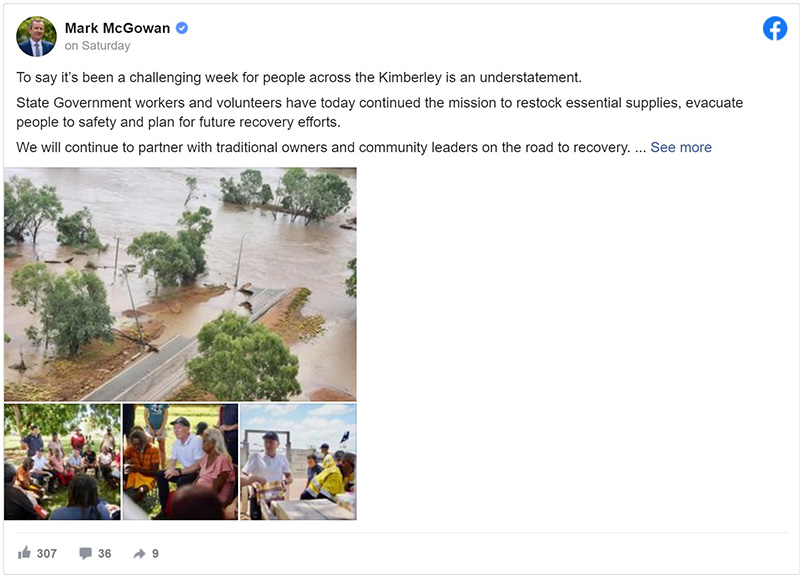
Natural disasters are becoming more frequent, intense and "increasingly less natural," Australia's Climate Change minister Chris Bowen said Monday in response to the latest round of historic flooding to hit the country, per the Guardian.
Driving the news: Bowen told reporters in Sydney there's "absolutely" a link between global warming and the recent flooding in Western Australia's Kimberly region — which saw remote communities along the Fitzroy River cut off as floodwaters in the town of Fitzroy Crossing peaked at a record 51.87 feet.

What he's saying: Bowen told reporters that natural disasters "areless natural because they're caused by human-induced climate change," according to the Guardian.
By the numbers: 2022 was the ninth-wettest year on record for Australia, the world's inhabited driest continent, with rainfall nationally 25% above the 1961-1990 annual average, according to a new report from the Australian Government Bureau of Meteorology.
The big picture: Australian Prime Minister Anthony Albanese pledged financial assistance to flood-affected communities as he visited the Kimberley region Monday.
Meanwhile, farmers in eastern Australia are still recovering from months of deadly flooding, driven by La Niña and global warming.
Of note: In the state of Victoria, farmers reported over the weekend that thousands of carp were washing up dead following months of flooding in the state's north.